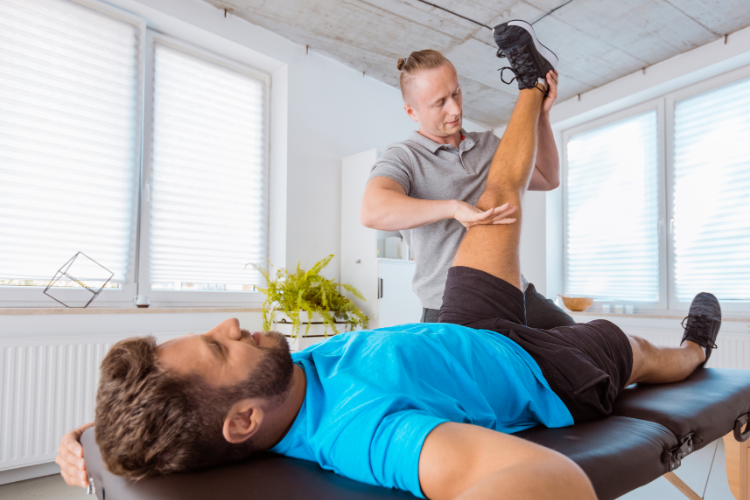Overstretching
For the most part this is true, as the majority of people are stiff and tight, especially with the increase in desk and computer jobs nowadays. Yet, there are times when stretching is doing more harm than good. There is such a thing as being too flexible and mobile. A common example is a dancer. When you think of a dancer, most likely you are thinking of someone who is extremely flexible and able to move in and out of positions fluidly and effortlessly. They are trained and taught since a young age to be as mobile and flexible as possible. Now, obviously your average person is not that flexible, but along that spectrum there are many people who are closer to that range of flexibility, whether it be through what exercises they do like yoga or stretching classes, or being naturally more flexible due to how their bodies structurally are. These are the people who have to be careful how much they are stretching.
When you tend to be more mobile, your joints and ligaments are more lax and flexible. What implications this has is that you are at a higher risk of hurting yourself through a strain or a sprain of your tendons and ligament when your body is under stress from exercise or overuse. Think about putty or dough and how as you stretch it out, it gets thinner and thinner. This is what stretching is doing to your body when you are already more flexible. For these people, instead of overstretching to try to become more flexible, they want to focus more on strength and stability, so that when they are reaching these extremes of motions, their muscles and tendons are strong enough support their joints, to help prevent them from getting injured.
Another case on when it is not good to stretch is when you suffer a muscle strain or injury. You always see people who pulled a hamstring continuing to stretch their hamstring because they think that is helping it heal. It goes against most people’s intuition that stretching is bad for a muscle strain. However, think of it this way. If you pulled a muscle, it’s already stretched out. Why would you want to stretch it out even more? You are slowing down the healing process and potentially doing more harm than good. Same as before, you want to strengthen that muscle to lower the risk of re-injuring it in the future, as well as the other muscles around it that help support it.
Stretching is beneficial to many people, but there are instances when it isn’t. You always want to be in tune with your body and think about why you are doing a certain exercise or stretch. Think about if this stretch is truly necessary and helping you or if it could be potentially causing more harm to you. Feel how your body reacts to it. No one else feels what you feel. Use this to guide how you exercise and stretch.







